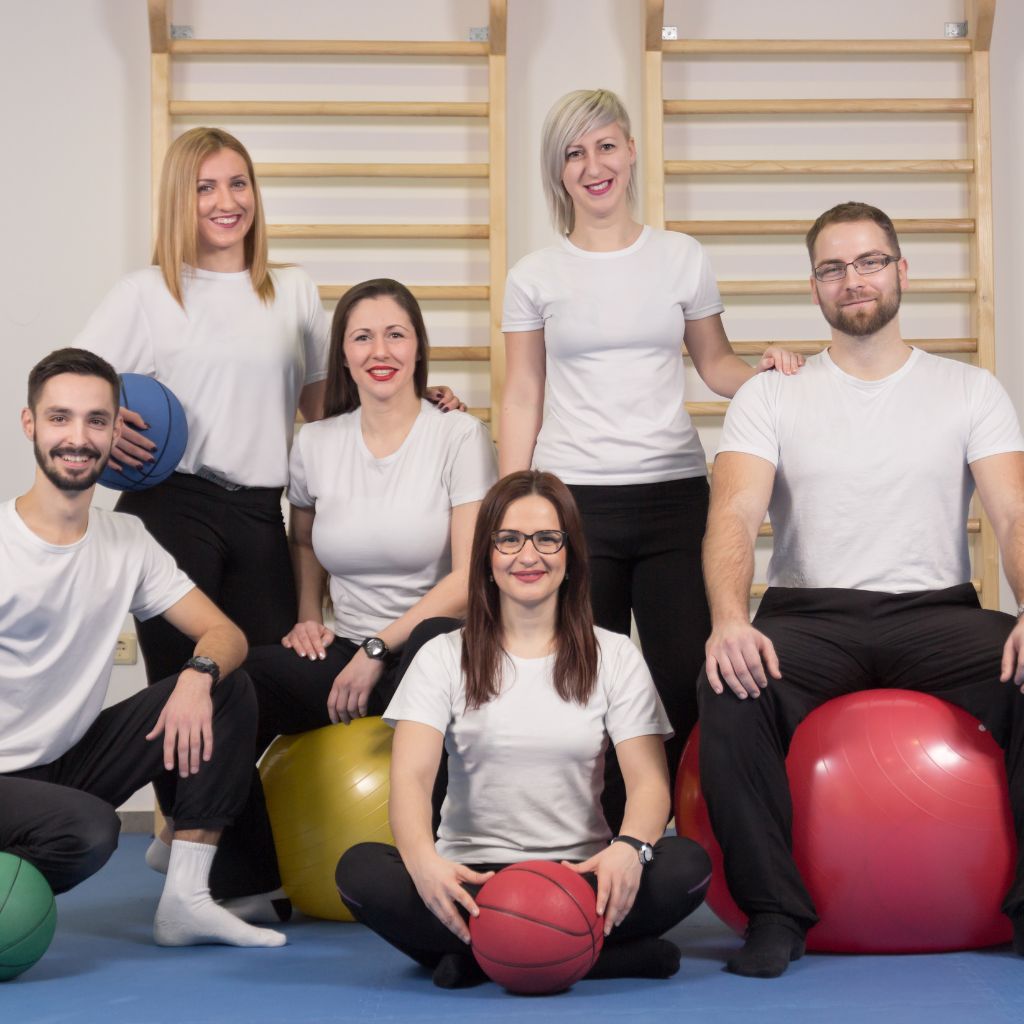Cervical dystonia, commonly referred to as spasmodic torticollis, is a neurological movement disorder in which the muscles of the neck contract involuntarily. These uncontrollable contractions often result in unusual head positions or repetitive, twisting movements, which can cause discomfort and disrupt normal bodily alignment. The condition can interfere with routine activities, making everyday tasks challenging and affecting overall quality of life. Gaining a clear understanding of the underlying causes, recognizing the characteristic symptoms, and exploring available treatment approaches are essential steps toward effectively managing this complex disorder.

What Is Cervical Dystonia?
Cervical dystonia is an uncommon neurological disorder that primarily impacts the neck muscles. People with this condition experience involuntary muscle contractions that can cause the head to twist or rotate to one side, tilt forward or backward, or move with sudden, jerky motions. These abnormal movements often lead to discomfort or pain and can significantly disrupt daily activities, making simple tasks such as reading, driving, or sleeping more challenging.
Causes and Risk Factors
The precise cause of cervical dystonia is still not fully understood. Nevertheless, several factors may play a role in its development:
- Genetic Factors: Individuals with a family history of dystonia may have an increased susceptibility to the disorder.
- Environmental Triggers: Physical trauma, infections, or certain medications can sometimes initiate the onset of symptoms.
- Neurological Factors: Irregularities in the basal ganglia, the region of the brain responsible for regulating movement, are frequently observed in affected individuals.
Although cervical dystonia can develop at any age, it most commonly appears in adults between 30 and 60 years old, with women being more frequently affected than men. Learn more about physical rehabilitation centers here.
Symptoms and Diagnosis
The symptoms of cervical dystonia can differ from person to person, but some common signs are frequently observed:
- Neck Pain and Stiffness: Many individuals experience persistent discomfort or tightness in the neck muscles.
- Abnormal Head Postures: The head may tilt, twist, or turn involuntarily, often leading to awkward or uncomfortable positions.
- Involuntary Muscle Contractions: Sudden, uncontrollable jerking movements of the neck muscles are characteristic of the disorder.
- Tremors: Some individuals may notice rhythmic shaking or trembling in the head or neck area.
Diagnosing cervical dystonia requires a comprehensive evaluation, including a detailed review of the patient’s medical history and a thorough physical examination. In certain cases, imaging tests such as MRI or CT scans are performed to rule out other neurological or structural conditions. Additionally, electromyography (EMG) can help assess abnormal muscle activity, confirming the presence and extent of involuntary contractions.

Treatment Options
Although cervical dystonia currently has no cure, several treatment strategies can effectively manage its symptoms:
1. Botulinum Toxin Injections
Botulinum toxin, commonly known as Botox, is the most widely used treatment for cervical dystonia. These injections temporarily block nerve signals to the affected neck muscles, helping to reduce involuntary contractions and improve head posture. Patients often notice a significant decrease in muscle spasms and discomfort following treatment.
2. Oral Medications
Doctors may prescribe oral medications such as muscle relaxants, anticholinergics, or benzodiazepines to help relieve symptoms. While these drugs can provide some relief, they are usually most effective when combined with other therapeutic approaches, as their ability to fully control muscle contractions is limited.
3. Physical Therapy
Physical therapy is a crucial component of cervical dystonia management. Tailored exercise programs can strengthen neck muscles, enhance flexibility, and improve posture. Key techniques include:
- Stretching Exercises: Designed to relieve muscle tightness and increase range of motion.
- Strengthening Exercises: Focused on supporting neck muscles to stabilize the head and reduce strain.
- Postural Training: Helps patients maintain proper alignment, minimizing discomfort and preventing worsening of abnormal head positions.
4. Surgical Interventions
In cases where symptoms are severe and do not respond to other treatments, surgical options such as deep brain stimulation (DBS) may be considered. DBS involves implanting a small device that delivers electrical impulses to targeted areas of the brain. These impulses help regulate abnormal muscle activity, offering relief from involuntary movements and improving overall function.
Role of Physiotherapy in Management
Physiotherapy plays a critical role in the holistic management of cervical dystonia. Research shows that targeted physiotherapy interventions—such as stretching, strengthening, and postural exercises—can substantially reduce pain, enhance functional ability, and improve overall quality of life for individuals affected by this disorder. By addressing muscle imbalances and promoting proper neck alignment, physiotherapy not only alleviates symptoms but also supports long-term management and helps prevent further complications.

Rehabilitation Strategies
Effective rehabilitation for cervical dystonia involves a comprehensive, multidisciplinary approach designed to address the unique needs of each patient. Key components include:
- Customized Exercise Programs: Personalized exercises focus on enhancing neck strength, improving flexibility, and promoting better control of head movements.
- Manual Therapy: Techniques such as massage, joint mobilization, and soft tissue manipulation help relieve muscle tension. Also, reduce stiffness, and improve overall comfort.
- Education and Training: Patients learn strategies to manage symptoms, maintain proper posture, and prevent potential flare-ups, which ends up empowering them to take an active role in their recovery.
- Supportive Devices: Orthotic devices may be used to stabilize the head and neck, ensuring proper alignment and reducing strain on affected muscles.
By combining these strategies, rehabilitation programs you can aim to not only alleviate current symptoms but also to enhance long-term functional ability and quality of life.
Conclusion
Effectively managing cervical dystonia demands a well-rounded approach that combines medical treatments, targeted physical therapy, and supportive lifestyle strategies. Swift Rehabilitation Inc. provides expert care for individuals living with cervical dystonia, offering personalized physical, occupational, and speech therapy programs tailored to each patient’s needs. These specialized services aim to improve mobility, while reducing discomfort and enhancing overall quality of life. To learn more about their comprehensive rehabilitation services, visit Swift Rehabilitation Inc.




